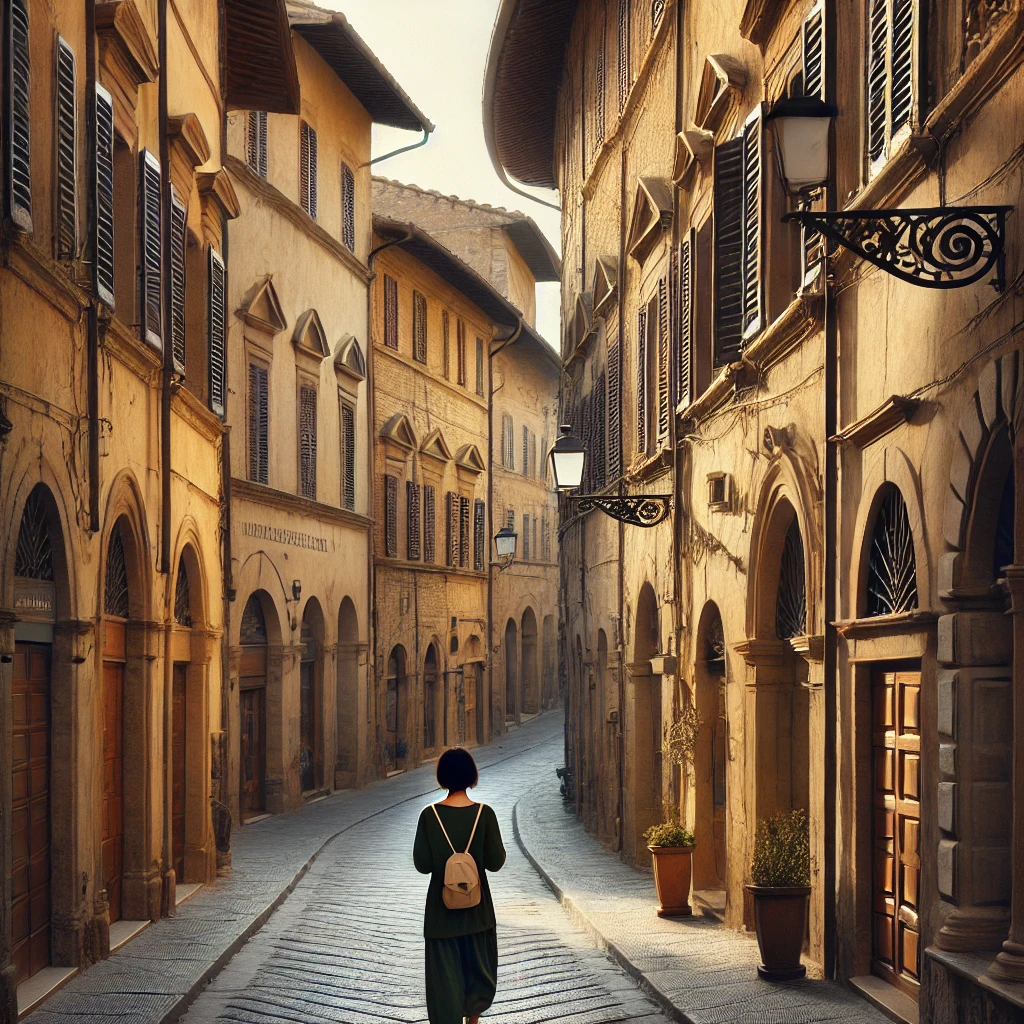ChatGPT:
The Oltrarno district in Florence, whose name literally means “beyond the Arno” (from oltre meaning “beyond” and Arno, the river running through Florence), is a vibrant and historically significant area. It is located on the southern side of the Arno River and offers a different perspective of Florence compared to the more tourist-heavy city center.
Origin and Early History
The Oltrarno began as a suburban area during the Roman period but remained sparsely populated for centuries. Its development gained momentum in the Middle Ages and Renaissance when the city expanded beyond the northern banks of the Arno. The district’s proximity to key crossings like the Ponte Vecchio facilitated its integration into Florence’s urban fabric. Wealthy Florentine families, such as the Pitti, began to establish their palaces and gardens in the area, which helped shape its character.
Development During the Renaissance
The Oltrarno flourished during the Renaissance, becoming a hub for artisans, workshops, and wealthy patrons. The construction of the Palazzo Pitti in the mid-15th century by Luca Pitti marked a turning point for the district, as the palace became a symbol of power rivaling the Medici family. In 1549, the Medici acquired the Palazzo Pitti, transforming it into their main residence and expanding it to include the Boboli Gardens, a masterpiece of landscape architecture.
This period also saw the rise of significant churches and monasteries, including:
• Santo Spirito, designed by Filippo Brunelleschi.
• Santa Maria del Carmine, famous for its Brancacci Chapel frescoes by Masaccio, Masolino, and Filippino Lippi.
18th and 19th Centuries
During the 18th and 19th centuries, the Oltrarno retained its artisanal identity but also witnessed the establishment of new urban features. Streets were paved, and some areas modernized, though it managed to preserve much of its historic charm. The Palazzo Pitti continued to serve as a royal residence under the House of Lorraine and later became a museum complex.
Modern Oltrarno
Today, the Oltrarno remains one of the most authentic neighborhoods in Florence, characterized by its artisan workshops, antique shops, and a slower pace of life. The district has become a popular area for both locals and visitors seeking to experience a more traditional side of Florence. It is home to various cultural and social hubs, including:
• Artisan workshops producing handmade leather goods, jewelry, and traditional Florentine paper.
• Piazza Santo Spirito, a lively square surrounded by restaurants, cafés, and markets.
• The Torrigiani Garden, one of the largest private gardens in Europe.
Architectural and Cultural Identity
The Oltrarno blends monumental architecture with a bohemian atmosphere. The area’s narrow streets, historic buildings, and vibrant community give it a charm distinct from the bustling tourist areas north of the Arno. Its mix of Renaissance grandeur, artisanal tradition, and residential neighborhoods make it a unique and cherished part of Florence.
In summary, the Oltrarno district has grown from a medieval suburb to a Renaissance hub for nobility and artisans, and today it stands as a vibrant area where history, craftsmanship, and local culture thrive together.
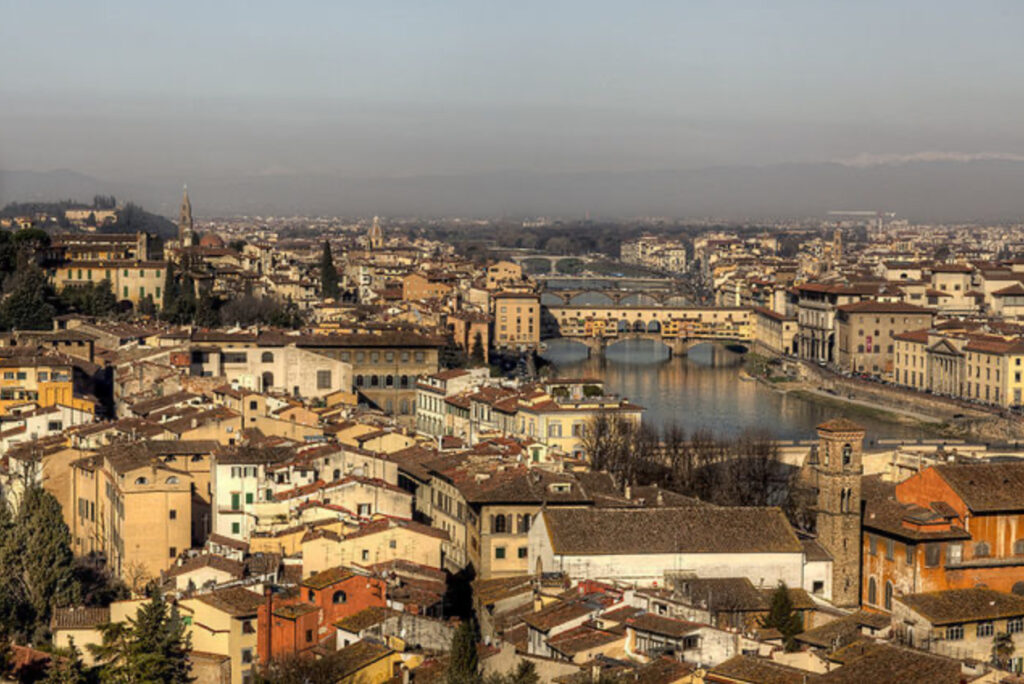
Here’s a list of significant historical monuments and tourist attractions in the Oltrarno district of Florence, along with their approximate dates:
Palaces and Gardens
1. Palazzo Pitti (1458)
• Originally built for the Pitti family, it became the Medici’s main residence in 1549. Today, it houses several museums, including the Palatine Gallery and the Gallery of Modern Art.
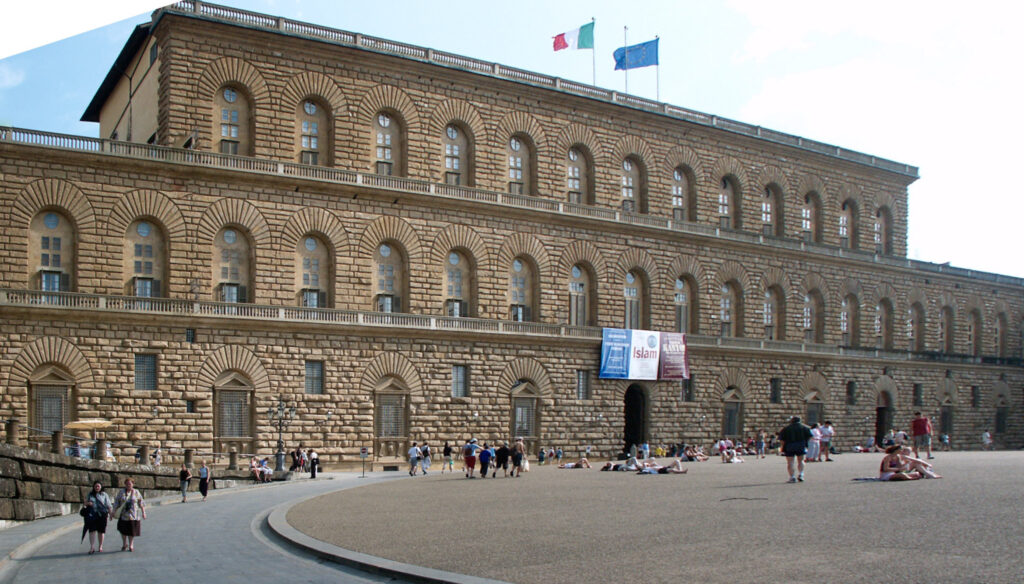
2. Boboli Gardens (1550)
• Designed as the grand Medici garden behind the Palazzo Pitti, it is one of the most famous examples of Italian formal gardens.
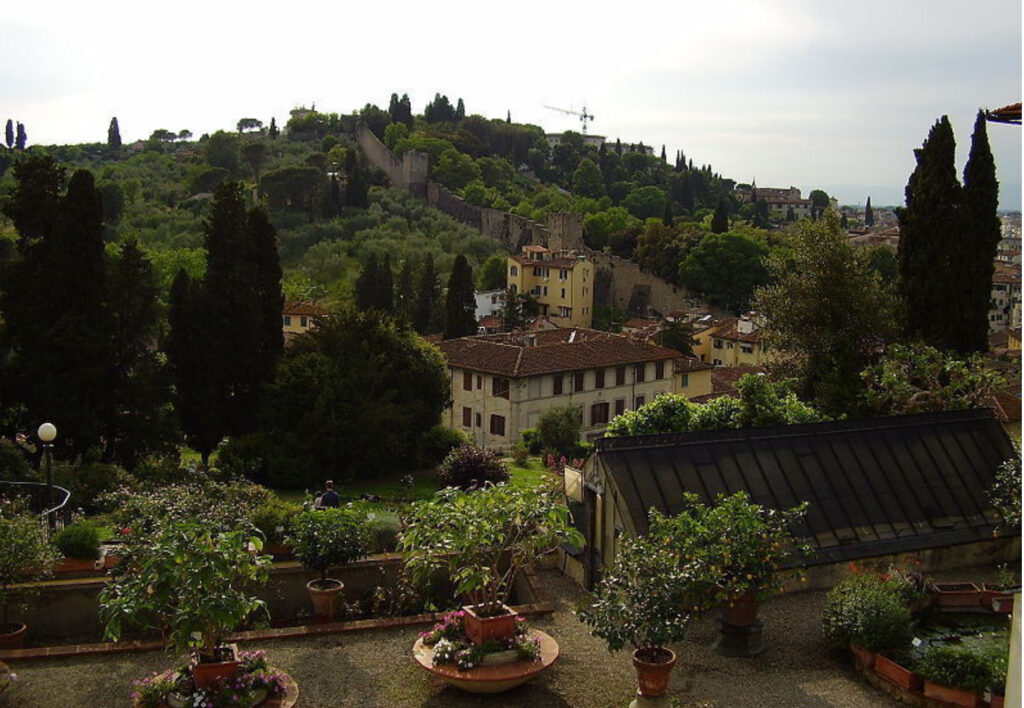
3. Palazzo Guadagni (1505)
• Located in Piazza Santo Spirito, this Renaissance palace is known for its distinctive loggia on the top floor.
4. Palazzo Mozzi (13th century)
• One of the oldest palaces in Florence, built near the Ponte alle Grazie. It features a private collection and exhibitions.
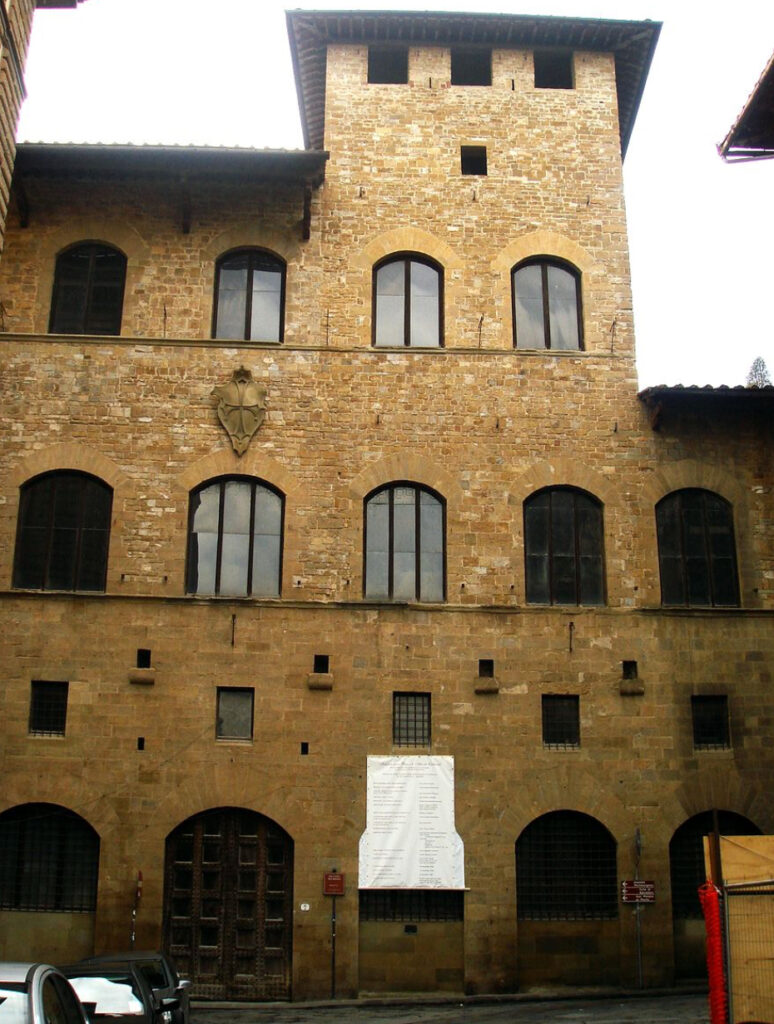
5. Villa Bardini and Bardini Gardens (17th century)
• A villa and gardens offering stunning views of Florence, later opened as a museum and public park.
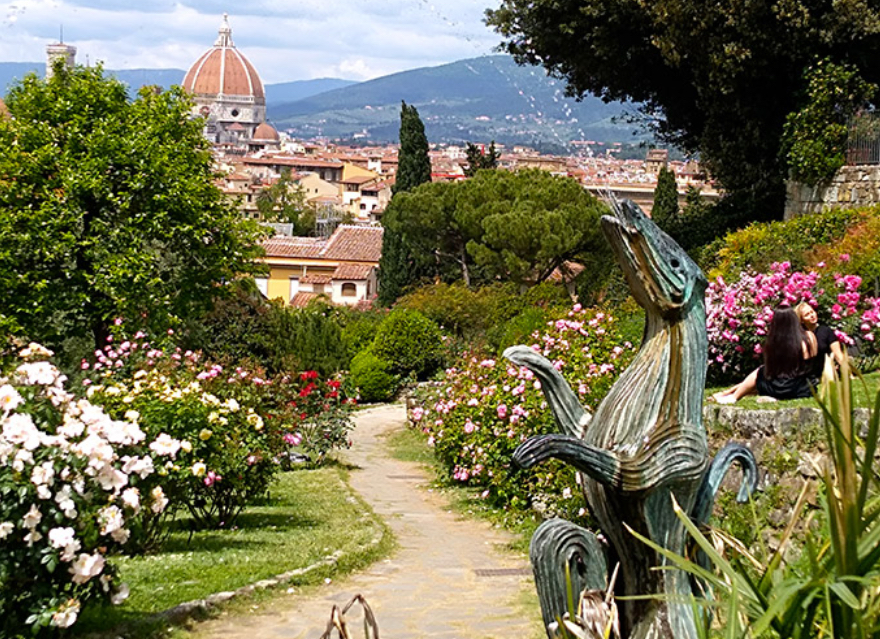
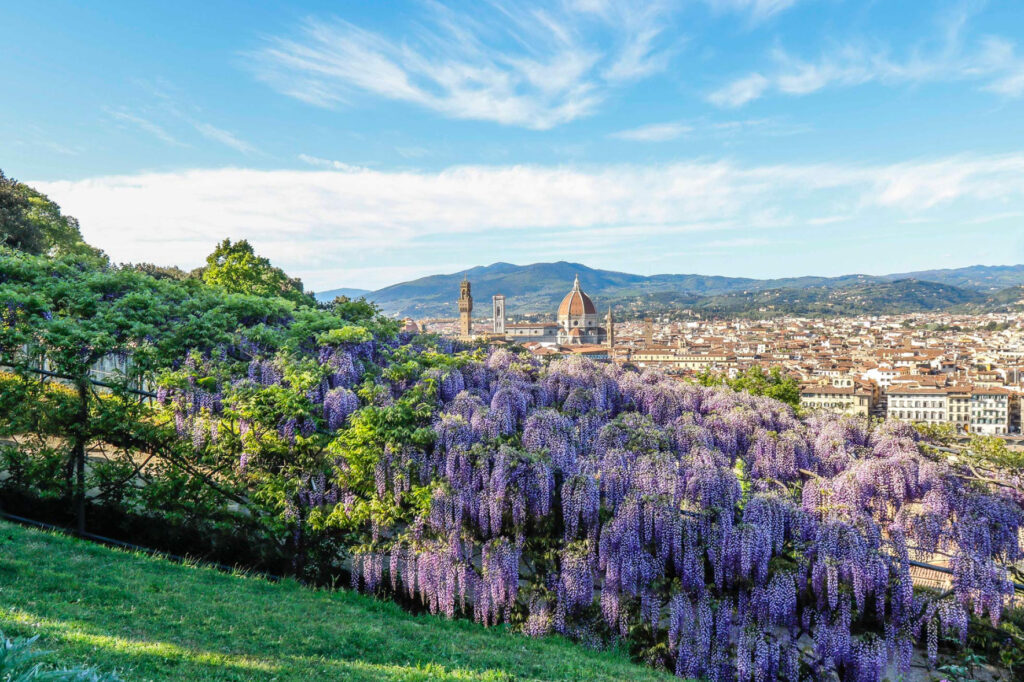
Churches and Religious Monuments
6. Basilica of Santo Spirito (Begun in 1444, completed in 1481)
• Designed by Filippo Brunelleschi, this church exemplifies Renaissance architecture. Its interior features artworks by artists like Michelangelo.
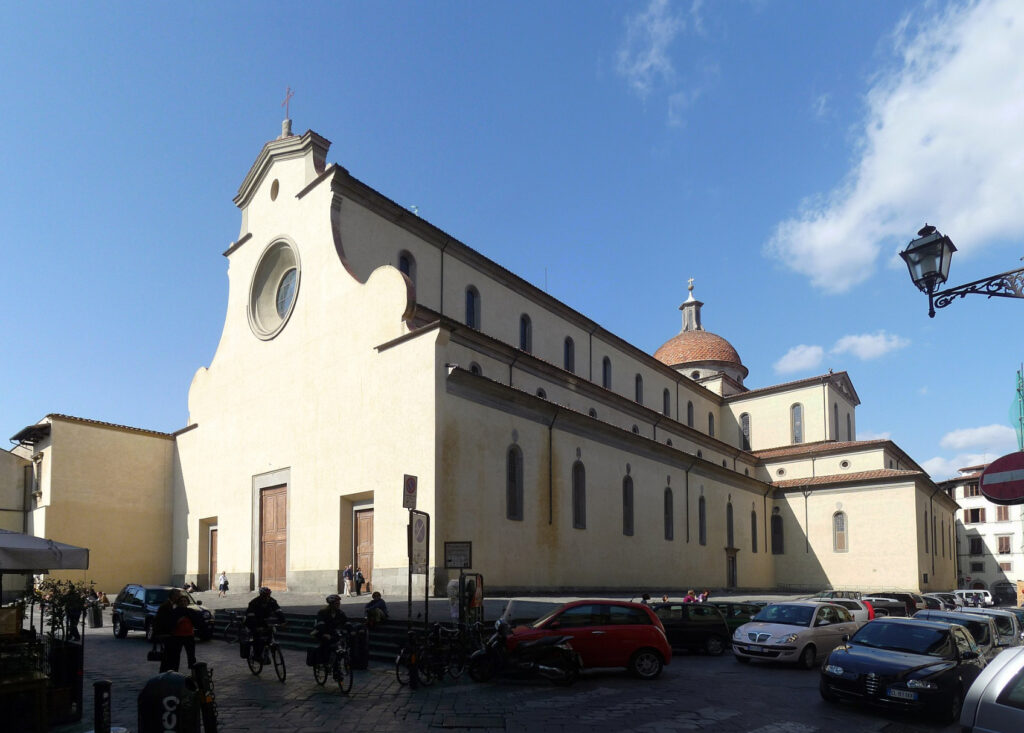
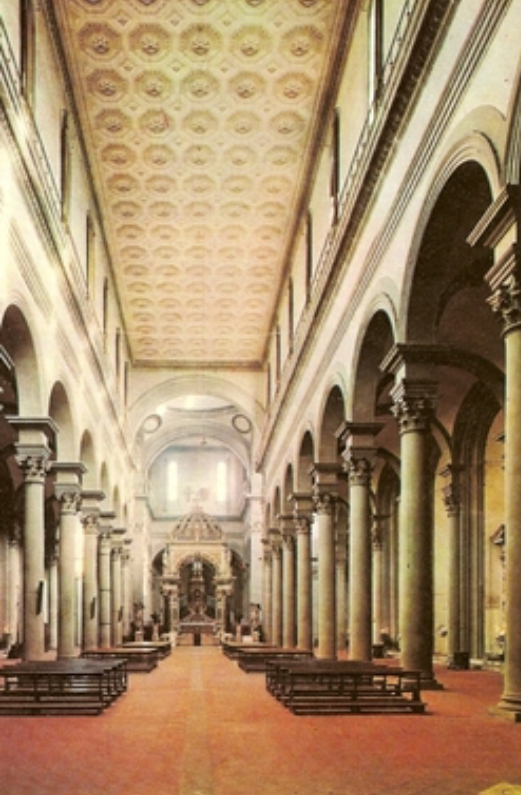
7. Santa Maria del Carmine (13th century, rebuilt after 1771 fire)
• Famous for the Brancacci Chapel, which houses frescoes by Masaccio, Masolino, and Filippino Lippi, pivotal in Renaissance art.
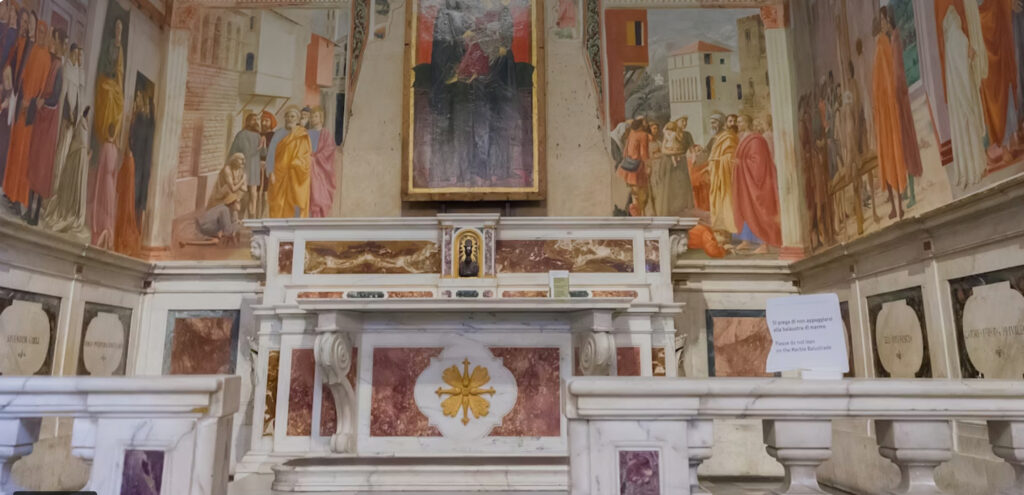
8. San Felice in Piazza (11th century, rebuilt in the 14th century)
• A smaller church with a mix of Romanesque and Gothic elements.
9. San Miniato al Monte (1018)
• Though slightly outside the immediate Oltrarno, this Romanesque basilica atop a hill offers breathtaking views of Florence and stunning medieval mosaics.
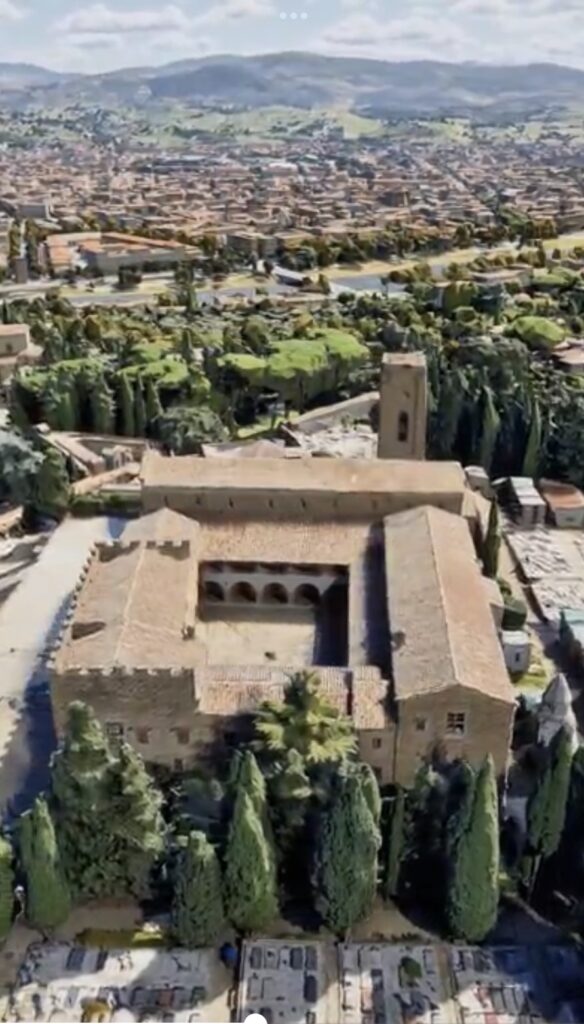
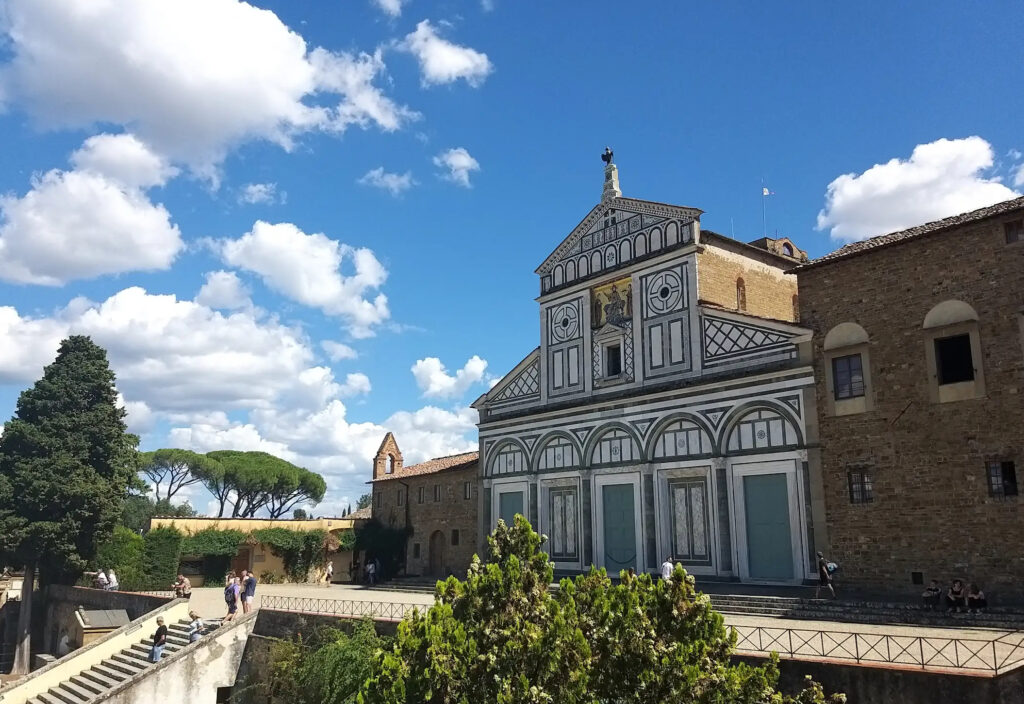
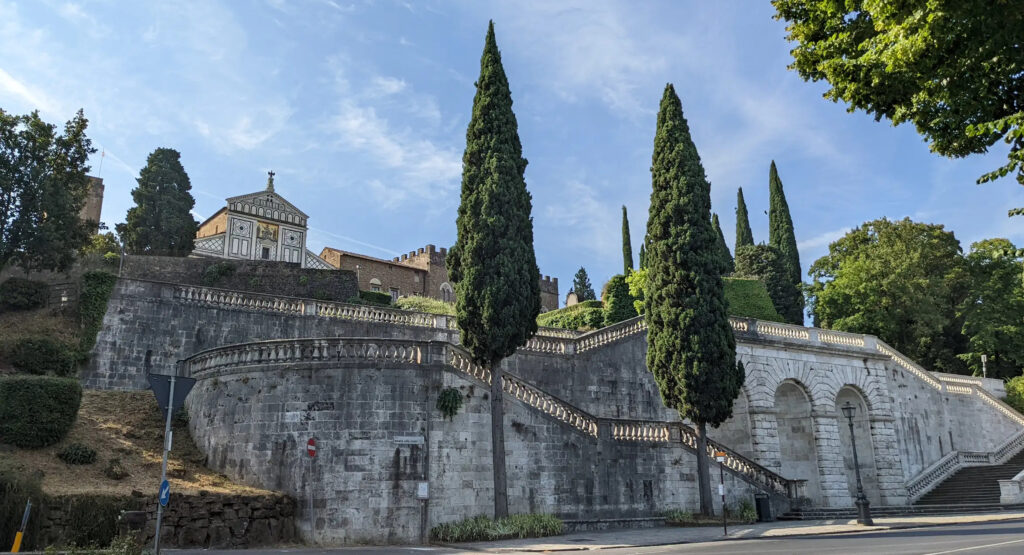
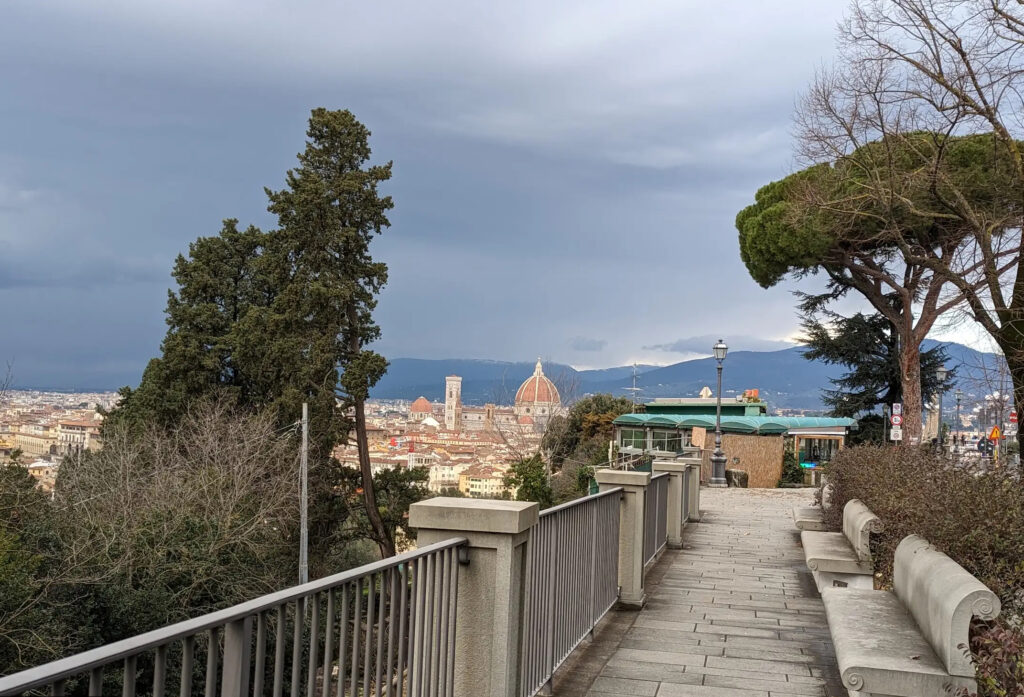
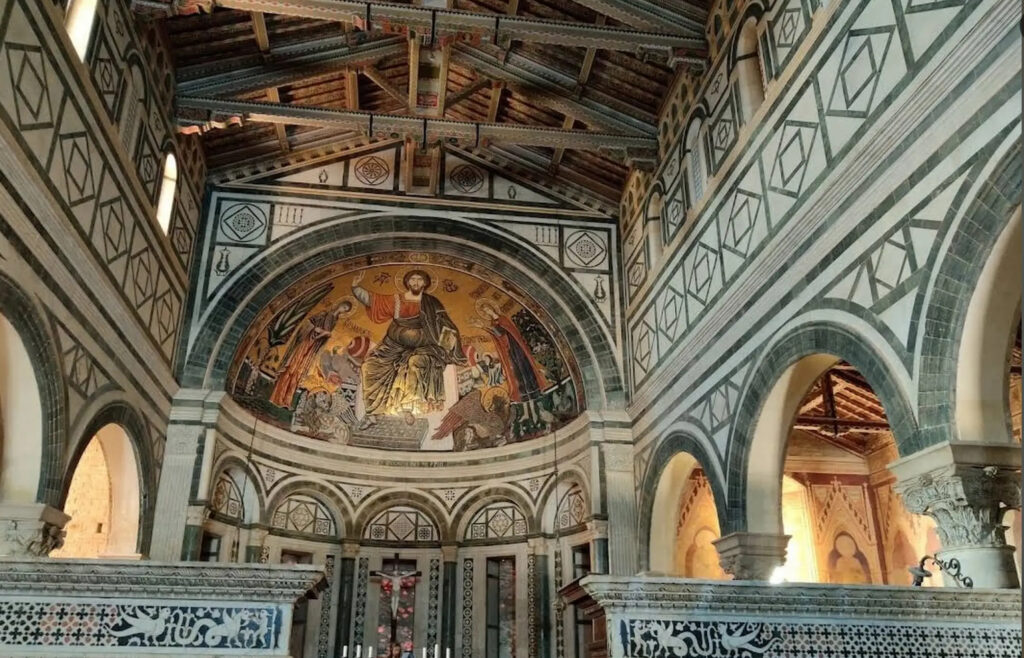
Bridges
10. Ponte Vecchio (1345)
• Florence’s oldest and most iconic bridge, spanning the Arno River, known for its goldsmith shops.
11. Ponte Santa Trinita (1567)
• A Renaissance masterpiece designed by Bartolomeo Ammannati. It was destroyed in World War II and rebuilt in 1958.
Museums
12. Museo Bardini (Opened in 1922)
• Dedicated to Stefano Bardini, a renowned art dealer, this museum showcases Renaissance sculptures, ceramics, and antique furniture.
13. Casa Buonarroti (Opened as a museum in 1859)
• Formerly owned by Michelangelo’s family, it displays early works by the artist and his sketches.
14. Stibbert Museum (Opened in the late 19th century)
• Though technically not in Oltrarno, it’s close by and houses an eclectic collection of arms, armor, and art.
Squares and Streets
15. Piazza Santo Spirito
• The heart of Oltrarno’s social and cultural life, surrounded by cafés, markets, and the Basilica of Santo Spirito.
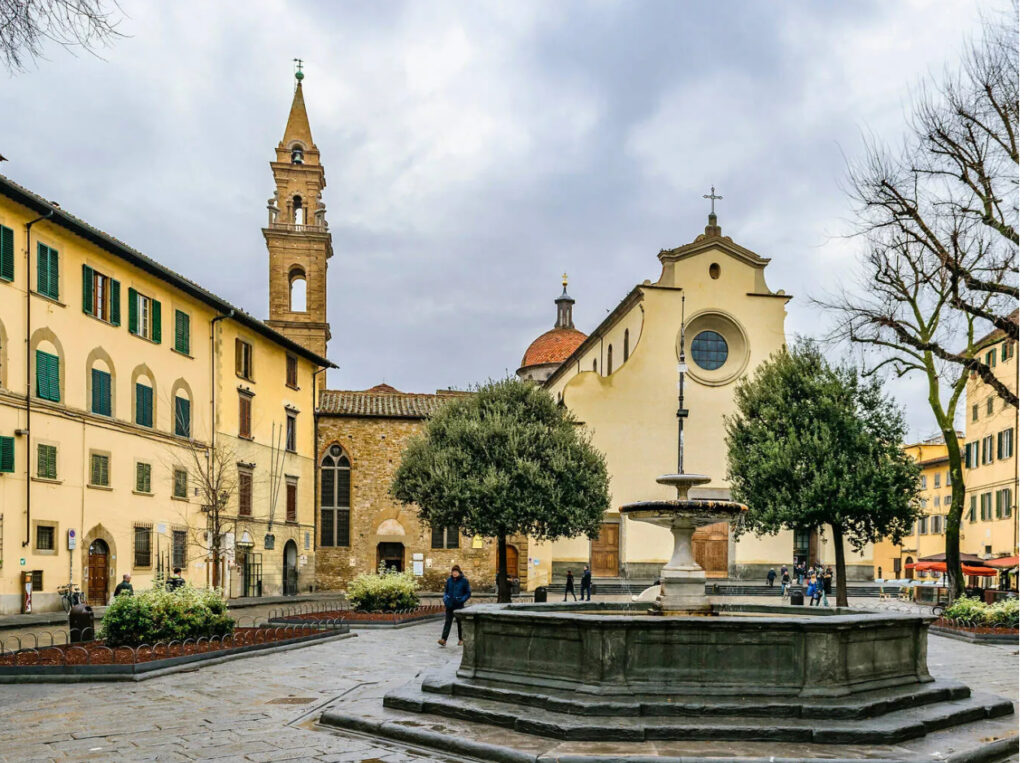
16. Via Maggio
• A historic street famous for antique shops and Renaissance architecture, once the main route used by nobility.
Miscellaneous
17. Torrigiani Garden (16th century, expanded in the 19th century)
• One of the largest private gardens in Europe, offering a mix of Renaissance and English garden styles.
18. La Specola Museum (1775)
• Part of the Natural History Museum, it’s known for its anatomical wax models and zoological collections.
This diverse collection of churches, palaces, bridges, gardens, and museums makes Oltrarno a must-visit area for history, art, and culture enthusiasts.
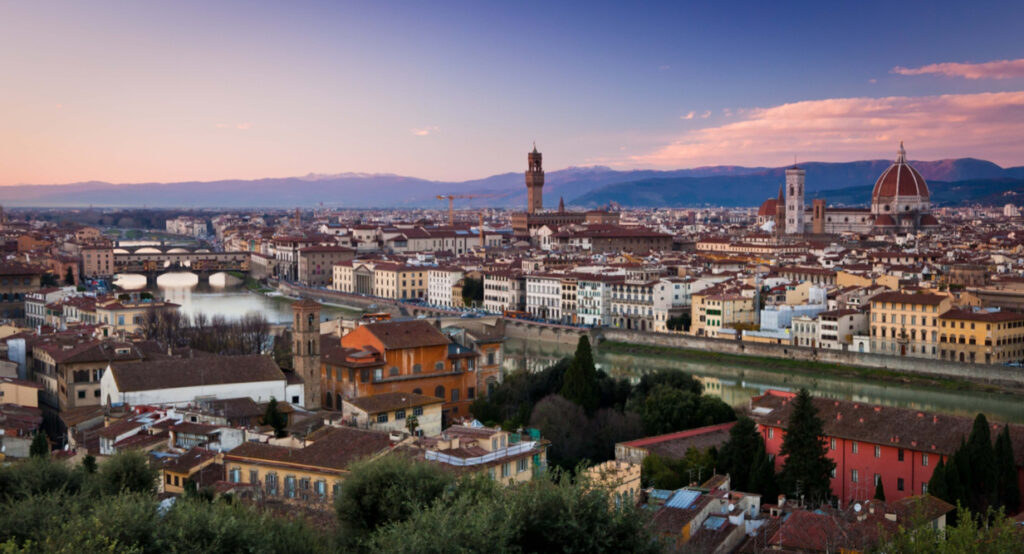
The Oltrarno district in Florence is renowned for its rich tradition of artisanal craftsmanship, with many workshops preserving techniques passed down through generations. Here are some notable and historic artisan workshops in the area:
Florence, Italy
A distinguished goldsmith and engraving workshop founded in the 1940s by Paolo Nerdi. Located in the historic Casa dell’Orafo, it specializes in handcrafted jewelry influenced by Florentine traditions.
Florence, Italy
One of the few remaining studios practicing the 16th-century art of Florentine commesso (stone inlay). Under maestro Iacopo Lastrucci, the workshop creates intricate mosaics that resemble paintings.
Florence, Italy
Established in 1856, this workshop is renowned for its handcrafted marbled paper and bookbinding, maintaining traditional Florentine techniques.
Florence, Italy
Dating back to 1786, this historic silk mill produces exquisite textiles using original looms and patterns, preserving Florence’s silk-weaving heritage.
Florence, Italy
A family-run enterprise since the 17th century, specializing in the production of gold leaf. The Manetti family has been involved in gold beating since the 1600s.
Florence, Italy
A master of marbling and bookbinding, Riccardo Luci continues his family’s tradition, offering demonstrations of marbled paper and leather item creation.
These workshops represent the enduring legacy of Florence’s artisanal excellence, offering visitors a glimpse into the city’s rich cultural heritage.
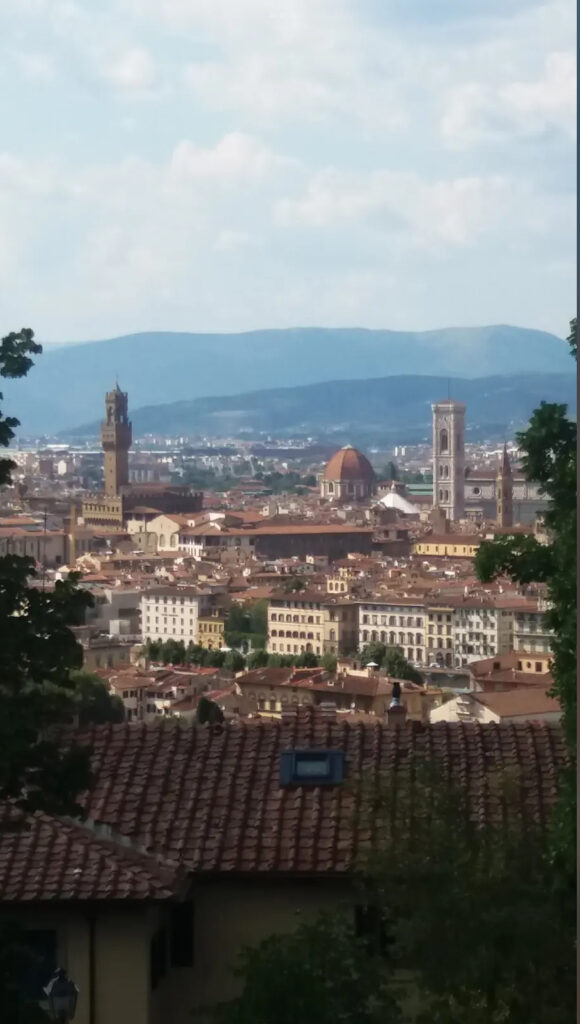
Here’s a well-paced one-day itinerary for exploring the Oltrarno district, blending its historical charm with artisanal workshops and delicious local food:
Morning
1. Start at Piazzale Michelangelo (8:30 AM)
• Begin your day with a panoramic view of Florence. From here, you can appreciate the city’s skyline, including the Duomo and Ponte Vecchio.
• Optional: Visit the nearby San Miniato al Monte for a serene experience.
2. Explore Santo Spirito Neighborhood (10:00 AM)
• Walk down to Piazza Santo Spirito, a lively square surrounded by cafés and historic buildings.
• Visit the Basilica of Santo Spirito, designed by Brunelleschi, to admire its Renaissance architecture and Michelangelo’s wooden crucifix.
• Pop into nearby artisan workshops, such as Giulio Giannini e Figlio for marbled paper or Lastrucci Mosaics for intricate stone mosaics.
3. Late-Morning Coffee Break (11:30 AM)
• Stop at Ditta Artigianale Oltrarno, a specialty coffee shop offering premium brews and pastries.
Lunch
4. Traditional Tuscan Meal (12:30 PM)
• Dine at Trattoria La Casalinga, a rustic eatery near Santo Spirito known for authentic Tuscan dishes like ribollita (Tuscan bread soup) or peposo (peppery beef stew).
• Pair your meal with a glass of Chianti.
Afternoon
5. Visit Palazzo Pitti and Boboli Gardens (2:00 PM)
• Spend a couple of hours exploring the Palazzo Pitti, home to several museums and galleries, including the Palatine Gallery.
• Wander through the Boboli Gardens, a masterpiece of Renaissance landscape design, and enjoy its sculptures and fountains.
6. Artisan Workshop Visit (4:00 PM)
• Head to Antico Setificio Fiorentino, where you can admire the craft of silk weaving on historic looms. Alternatively, visit Nerdi Orafi for traditional Florentine goldsmithing.
7. Afternoon Treat (5:00 PM)
• Grab a gelato at La Sorbettiera or Gelateria della Passera, both renowned for their artisanal flavors.
Evening
8. Ponte Vecchio at Sunset (6:00 PM)
• Walk across the iconic Ponte Vecchio, where you can admire the golden glow of Florence as the sun sets.
9. Dinner at Osteria del Cinghiale Bianco (7:30 PM)
• Conclude your day with a meal at this cozy restaurant known for its wild boar dishes, a Tuscan specialty. Try their pappardelle al cinghiale (pasta with wild boar sauce) or their hearty meat dishes.
This itinerary offers a balance of culture, history, and local cuisine while leaving room to enjoy the relaxed pace of the Oltrarno district.
